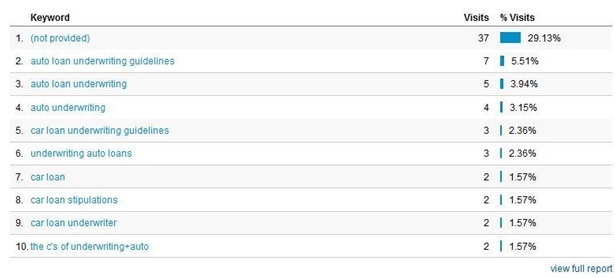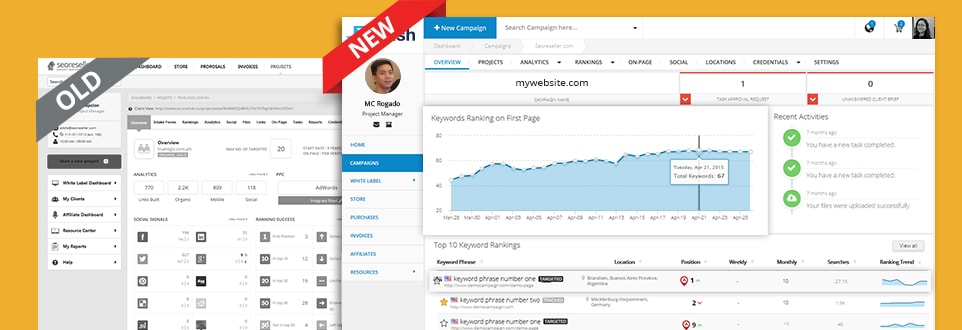Grouping keywords for silo pages can be tricky because the purpose of making silo pages is to focus on one main keyword. You need to develop a keyword grouping strategy that will not compromise your silo structure by confusing both visitors and search engine algorithms. I want to share tips on creating your strategy and coming up with keyword groups that reinforce your silo strategy.
Examine Your Search Traffic History
Before proceeding to keyword research (which many see as the first step), you need to examine your client’s traffic history. Find out what themes and search terms are currently ranking your client’s website. List these down and see what common themes arise from your big group, and categorize keywords accordingly. This will help you select keywords belonging to these themes when you research later on. It will also help you see why your client’s website ranks for these keywords, allowing you to replicate the strategy in your silo pages.
You can track keyword rankings from three main sources: your tracked keyword phrases, web analytics data, and PPC campaigns. Evaluate the results from each separately, as some strategies may work better for one channel and not work at all for the other.
Grow Your Keyword List – Then Narrow It Down to Themes
Next, you have to conduct keyword research to find out what terms you can use in your silo pages. Grow your list as large as possible to give you plenty of choices later on, but make sure you select words that are relevant to your client’s business. Once you’ve completed your list, run it by a keyword analysis program to find out how much competition there is for those keywords. Take this data and compare it with your search traffic history – see what terms you already rank for, what you can improve, and what you need to add when you create your silo pages.
You’ll need to narrow down your choices afterwards. First, decide what your main keywords will be – this is usually your topic for each silo page. Check your keyword analysis to see which terms belong to the same themes. The main themes will be your main topics, and the grouped keywords will be your subtopics. Keep your topics and subtopics up to three or four levels only. It will be easier for your visitors to find the information they need, and easier for search engine bots to crawl and index all pages of your site.
Choose Keywords for Each Page
While using silo structure means you will focus on one keyword per page, this does not mean you won’t be mentioning other keywords. Under each topic and subtopic, you will be mentioning more than the main keyword to support your main idea. This will also help you avoid saturating your copy with the same term. Choose similar keywords for each silo page by examining what keywords belong to the same theme. Make the strongest performing and the most relevant one your main keyword, and use the rest for supporting ideas. Do not put more than three keywords in one page, and mention your supporting terms sparingly – you do not want to confuse algorithms and readers by losing focus on your main topic.
These steps should help you towards building a well-organized silo website structure. Contact your account manager today if you need help refining your silo strategy. If you’re not yet our partner, don’t forget to sign up today to get started!


